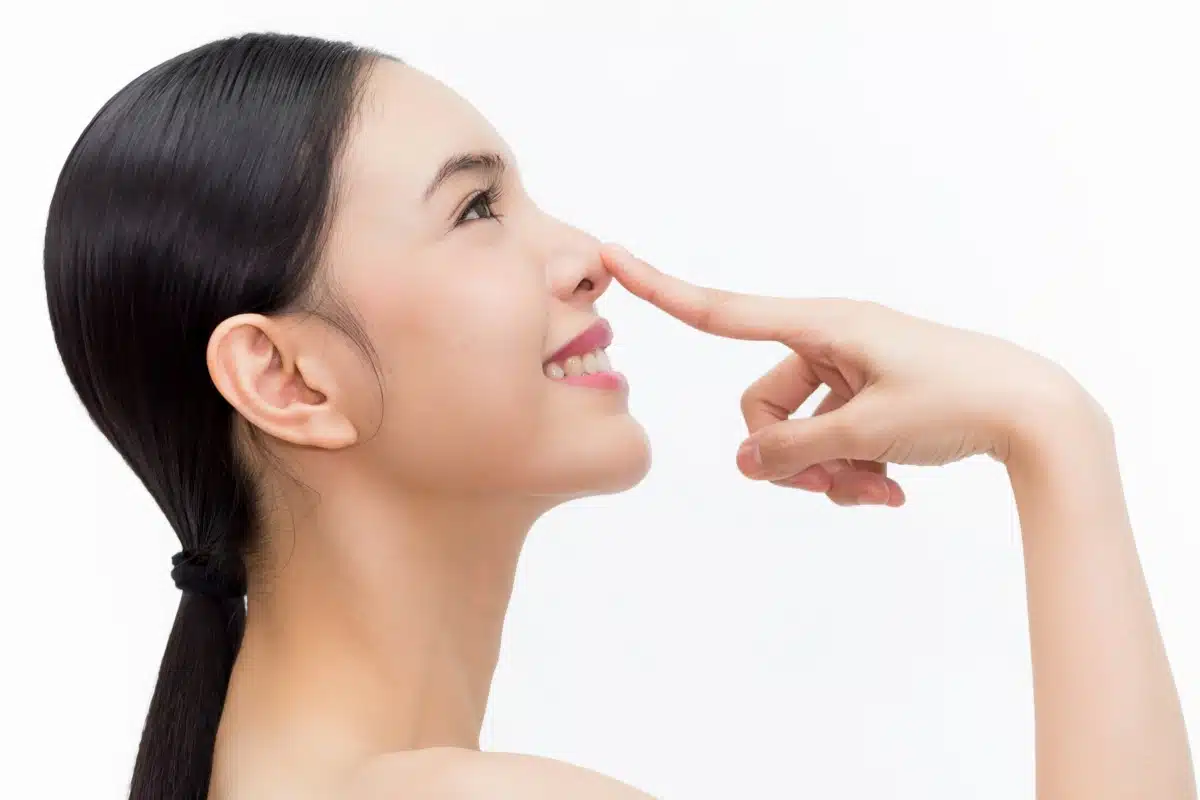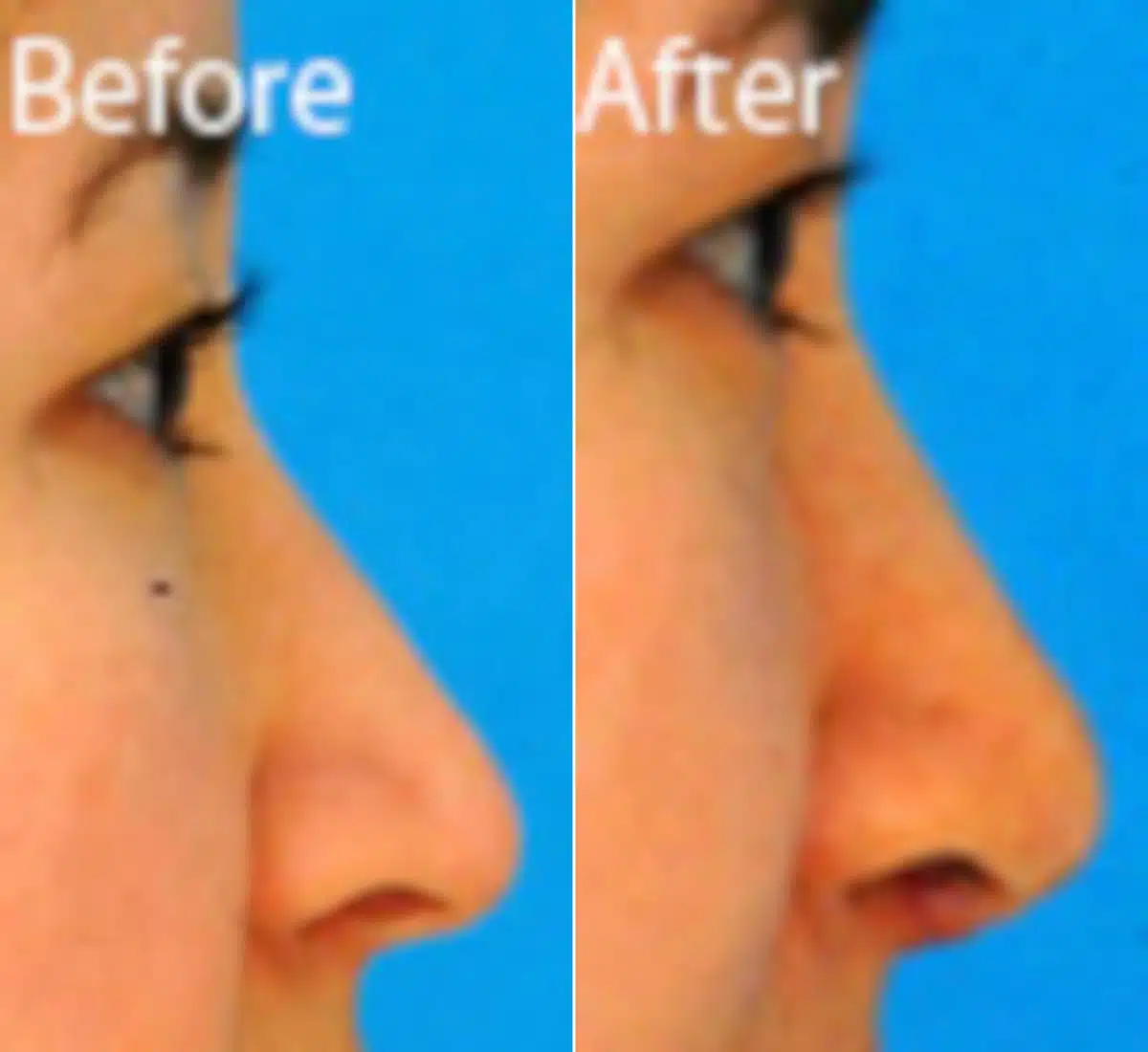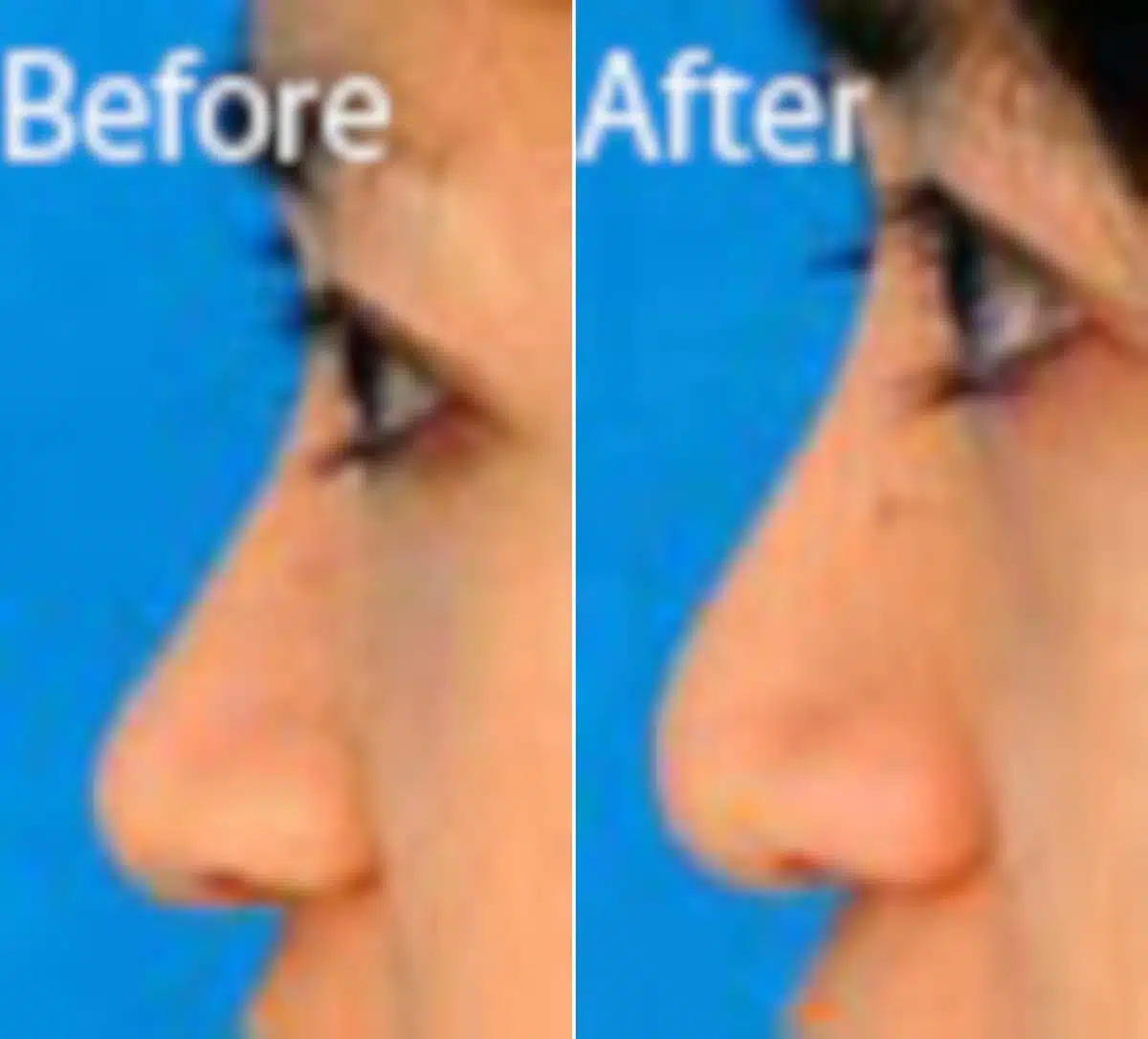Common Concerns Addressed by Asian Rhinoplasty: From Nasal Bridge to Tip Refinement

When it comes to nose reshaping surgery, Asian rhinoplasty—also known as an Asian “nose job”—is a subspecialty that caters to the specific nasal anatomy, facial characteristics, and aesthetic goals of Asian patients. While improving the nose’s aesthetics, the surgery is sensitive to the patient’s cultural background and works in harmony with their other face features. To attain the desired effects, Asian Rhinoplasty treatments frequently incorporate techniques like augmentation of the nasal bridge, refinement of the tip, and reduction of the alar base, among others.
When someone of Asian descent has rhinoplasty surgery, it is different from other types of rhinoplasty because it takes into account their unique facial features and unique traits. This specific kind of plastic surgery has become more popular among Asians because it helps them get a better nose shape that fits their natural features and stays true to their ethnic look.
What makes Asian Rhinoplasty So Unique?
Asian individuals tend to have distinct nasal anatomy compared to Caucasian patients or other ethnic groups. a full nasal tip, flat profile, thick nasal skin, flared nostrils, and a shorter nasal bridge.
These differences require specialized surgical procedures and approaches to achieve the desired results while maintaining the patient’s unique ethnic features.
What Distinguishes the Nasal Features of Asians from Those of Other Ethnicities?
- Asian noses often seem shorter and wider because their nasal bridge is flatter. This feature can call for augmentation methods including synthetic implants or cartilage transplants to produce a more noticeable nasal dorsum.
- Asian people often have a bulbous nose, which means the tip of their nose is bigger and rounder. Asian rhinoplasty surgeons may use grafts or cartilage reshaping methods to smooth out the tip of the nose and make it look better.
- Thicker nasal skin is common among Asian individuals, which can make it more challenging to achieve refined results. Specialized surgical techniques may be needed to address this issue and ensure a natural-looking outcome.
- Asian patients often have a weaker nasal septum and cartilage structure, which can cause problems with how their noses work, like a blockage. To solve these problems, functional rhinoplasty may be done along with cosmetic treatments in some cases.
Asian Rhinoplasty surgeons must have a thorough awareness of Asian patients’ specific face features and concerns, as well as the specialized techniques required to obtain the best outcomes. This knowledge enables them to personalize the surgical approach to each patient’s specific demands and goals, ensuring the desired outcome while respecting the patient’s natural facial appearance.
Is There a One-size-fits-all Asian Rhinoplasty?
Dr. Daniel G. Becker MD, FACS of Becker Rhinoplasty Center doesn’t think there is a single way to do Asian Rhinoplasty because every patient has a different set of facial traits, nasal structure, and aesthetic goals. As an expert and skilled plastic surgeon, he customizes the process to each patient, taking their concerns and wishes into account to get a result that looks natural and pleasing.
Common Concerns that Asian Rhinoplasty Can Fix
Asian Rhinoplasty can address a variety of concerns related to the appearance and function of the nose. Some common concerns that can be addressed through this specialized procedure include:
Defined Nasal Tip
Asian Rhinoplasty can smooth out and reshape the tip of a nose that is too round or not well defined. To make the tip of the nose look better and more defined, this may involve using cartilage grafts or other surgery methods.
Alar Base Reduction
Wide nostrils or a flared alar base can be repaired with alar base reduction, a surgical procedure that narrows the nostrils and gives them a more balanced and proportionate appearance.
Nasal Bridge Augmentation
A flat or low nasal bridge can be augmented through the use of cartilage grafts, synthetic implants, or other materials to create a more prominent and aesthetically pleasing bridge.
Secure Your Safe Treatment Experience with Dr. Daniel G. Becker.
Join our satisfied clients who’ve experienced safe, effective treatments.
How Is Asian Rhinoplasty Performed?
Asian Rhinoplasty can be done utilizing a variety of surgical techniques, depending on the patient’s individual issues and desired results. The extent of the change required by the patient, as well as their skin quality and thickness, nose anatomy, and the surgeon’s experience and preferences, will all impact the approach chosen.
What is the Ideal Dorsal Material in Asian Rhinoplasty?
The surgeon’s tastes and the patient’s unique anatomy will define the perfect dorsal material for Asian rhinoplasty. To get a more natural look and reduce the danger of issues related with synthetic materials, many surgeons choose to employ autologous tissue including septal cartilage, ear cartilage, rib cartilage, or dermal grafts. Alternately, often biocompatible materials utilized are silicone, Gore-Tex, and Medpor. Every material has possible hazards, benefits, and factors to be considered.
Open vs. Closed Technique
There are two primary techniques used in Asian Rhinoplasty: the open and closed techniques. The choice between the two depends on the surgeon’s expertise and the specific needs of the patient.
- Open Technique: The open technique involves making a small incision on the strip of skin between the nostrils, called the columella, which provides the surgeon with better visibility and access to the underlying nasal structures. The open technique is often preferred for more complex cases or when significant alterations to the nasal tip or bridge are required.
- Closed Technique: In the closed technique, all incisions are made inside the nostrils, leaving no visible scarring. This approach may suit patients with less complicated concerns or those who prefer a quicker recovery time. However, the closed technique may not provide the same level of access and visibility as the open technique, which can be a limiting factor in some cases.
What are the expected outcomes of Asian rhinoplasty?
The predicted results of Asian Rhinoplasty differ according to the patient’s individual problems and goals. In general, patients should anticipate to witness an improvement in their overall facial appearance and balance, as well as a more harmonic and aesthetically beautiful nose that compliments their ethnic characteristics. Some possible results are:
- A more defined and refined nasal tip
- A narrower and more proportionate alar base
- An augmented and more prominent nasal bridge
While consulting with your plastic surgeon for the first time, it is important to be honest about what you hope to achieve and to set reasonable expectations.
Will You Need a Revision Asian Rhinoplasty?
While the majority of Asian rhinoplasty patients are delighted with their outcomes, a revision may be required. The difficulty of the initial procedure, the patient’s healing process, or additional worries following surgery can all contribute to this. To reduce the likelihood of requiring a revision rhinoplasty, choose an experienced and talented plastic surgeon.
Choosing the Best Plastic Surgeon for Your Asian Rhinoplasty
Selecting the right plastic surgeon for your Asian Rhinoplasty is critical to achieving the best possible results. When choosing a surgeon, consider the following:
- Board Certification: Ensure that the surgeon is board-certified in plastic surgery or facial plastic surgery, indicating that they have completed the necessary training and have met rigorous standards of expertise and professionalism.
- Experience with Asian Rhinoplasty: Choose a surgeon who has extensive experience performing Asian Rhinoplasty and understands the unique facial features and concerns of Asian patients.
- Before and After Photos: Review the surgeon’s before and after photos to get a sense of their aesthetic style and the quality of their work.
- Communication: It is essential to feel comfortable discussing your goals and concerns with your surgeon. Choose a surgeon who listens to your needs and can clearly explain the procedure, risks, and expected outcomes.
By taking these factors into consideration, you can make an informed decision and choose the best plastic surgeon to help you achieve the desired results from your Asian Rhinoplasty.

